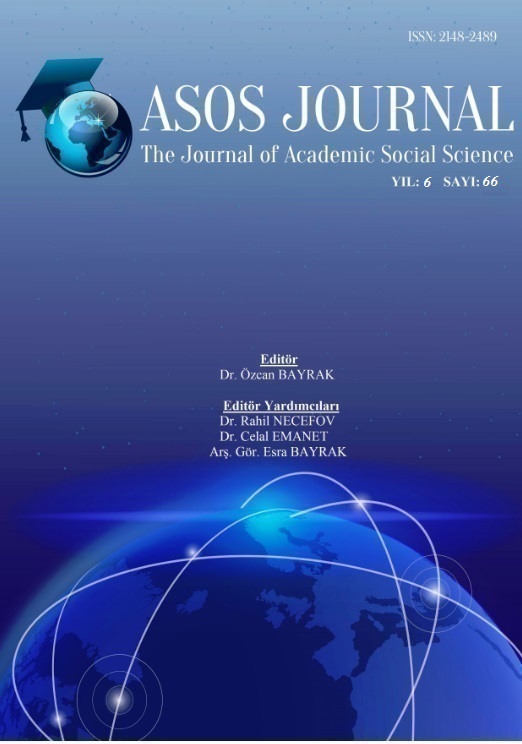İSTANBUL RESTORASYON VE KONSERVASYON MERKEZ VE BÖLGE LABORATUVARI ÖRNEĞİNDE GELENEKSEL TEKSTİLLERİN KORUMA VE SAKLAMA UYGULAMALARI
Author :
Abstract
İnsanlık tarihi boyunca birçok kültürel ve sanatsal eser toplanıp saklanmıştır. Bu toplama ve saklama merakı zaman içinde koleksiyonculuğun gelişimine, koleksiyonculuk da müzeciliğin gelişimine olanak sağlamıştır. Ülkemizde özellikle 19.yüzyılda, Osmanlı imparatorluğu zamanında gelişmeye başlayan müzeciliğin, günümüzde çok farklı noktalara geldiği aşikardır. Ancak yurtdışı örnekleriyle karşılaştırıldığında daha yapılacak çok işin olduğu da bir gerçektir. Müzeleşen her ürünün, sahip olduğu değerlerin yanı sıra, üretildikleri hammadde de dikkate alındığında, geleneksel tekstil ürünlerinin gelecek kuşaklara doğru bir şekilde aktarılması için, sahip oldukları ve ihtiyaç duydukları özel koşullara göre değerlendirilmeleri gereği ortaya çıkmaktadır. Bu değerlendirme ise ancak, doğru bilgilere dayalı, nitelikli bir belgeleme ve koruma çalışması ile mümkündür. Bu düşünceden hareketle, yapılan çalışmada amaç; geleneksel tekstil ürünlerinin koruma sürecinde, müzelerde halihazırda uygulanan koruma sürecini planlayan ve aynı zamanda uygulayan İstanbul Restorasyon ve Konservasyon Merkez ve Bölge Laboratuvarı’nın yaptığı çalışmaları tanıtarak farkındalık oluşturmaktır. Çalışma literatür taraması ile birlikte İstanbul Restorasyon ve Konservasyon Merkez ve Bölge Laboratuvarı’nda yapılan inceleme ve birebir görüşme yöntemi kullanılarak oluşturulmuştur.
Keywords
Abstract
Countless number of cultural and artistic artifacts have been collected and stored during man’s long history. This collection and storage curiosity first led to the development of private collections and in time this collecting activity formed the basis for the development of museums. The closing stages of the 19th Century saw the first museum developments in The Ottoman Empire. Today museology in our country has progressed very far indeed. But when compared to many museums in the US and Europe, there is stil a lot to be done in this field. Each artifact in a museum ows it’s value first and foremost to the raw material it is made of. This has to be taken into account when transferring traditional textile artifacts to the next generations. In this respect, special conditions of these artifacts must be taken into considiration when evaluating and analysing these kinds of artifacts. This sort of asessment is only possible with the qualified documentation process which leans on the correct information and conservation techniques. From this point of view, the purpose of this work is to create some awareness by introducing the work of The Istanbul Restoration and Conservation Center and Regional Laboratory that currently plans and implements the correct methods and processes of conservation. Our study has been conducted with a literature research,face to face interviews and detailed studies in The Istanbul Restoration and Conservation Center and Regional Laboratory.





